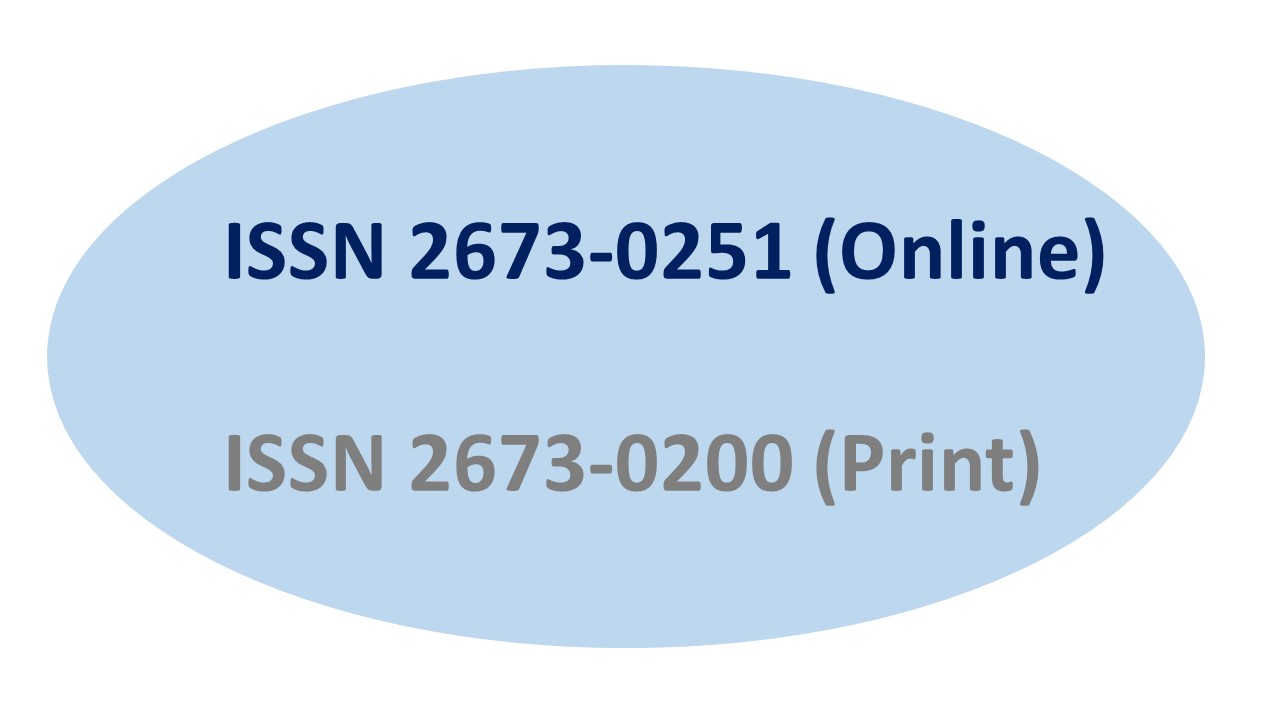The Relationship between Vulva Hygiene and the Occurrence of Vaginal Discharge in 10th Grade High School Students in The 3-State High School
Keywords:
Leucorrhoea, Vulva hygiene, High school student, Young womenAbstract
Leucorrhoea, also spelled leukorrhea, is a common problem for young women. Leucorrhoea describes a whitish vaginal discharge that may be normal or abnormal, and thus may or may not be sign of reproductive health problem. Not many young women know about vaginal discharge and sometimes may not realize be able to distinguish between normal, healthy vaginal discharge and pathological, abnormal vaginal discharge. Vaginal discharge may indicate health problems such as infection, pelvic inflammatory disease and infertility. One of possible cause of vaginal discharge is lack of knowledge about how poor vulva hygiene can cause vaginal discharge. The purpose of this study was to explore the relationship between vulva hygiene practices and the occurrence of vaginal discharge in 10th grade female high school students in Tuban 3. This study conducted a cross-sectional study of 77 10th grade students at SMA 3 Tuban High School in 2019. We used simple random sampling. We collected data using questionnaires and checklists. We conducted contingency coefficient tests with type 2 error (α) of 0.05. The results showed that 45.5% (n=35) of the female students practiced incorrect vulva hygiene and a majority of female students (66.2%, n=51) experienced leucorrhoea. Using a contingency test, we found a strong association between incorrect vulva hygiene and the occurrence of leucorrhoea in 10th grade high school students in Tuban 3 (p <. 0.001). Based on our study results, we recommend that female students at Tuban State High School receive better resources and education on proper vulva hygiene to prevent pathological vaginal discharge. We recommend that the health education and medical personnel provide more books about vulva hygiene, reproductive magazines about the importance of vulva hygiene, and be available to answer questions that students may have about vulva hygiene.
References
A.Wawan. 2010. Theory and Measurement of Knowledge, Attitudes and Human Behavior.
Nuha Medika: Yogyakarta
Abrori, Andri et al. 2017. Factors Relating to Student Pathological Leucorrhoea Events at
SMA Negeri 1 Simpang Hilir, North Kayong Regency. Journal. Downloaded on January 3, 2019.
Alimul, A Aziz. 2002. Introduction to Health Education. Jakarta: cv. Sagus Seto.
Alimun, Aziz. A. 2006. Introduction to Human Needs. Contains: Medical Salemba
Andriyani, Rika et al. 2012. Reproductive and Developmental Biology. Yogyakarta:
Deepublish Publisher
Azwar S. 2013. Human Attitudes Theory and its Measurements. 2nd Edition. Print XVII,
Yogyakarta: Learning Library
Efendi F, Makhfudli. 2009. Community Health Nursing Theory and Practice in Nursing.
Jakarta: Salemba Medika Book Publisher.
Fauziah, Yulfitria. 2017. Effects of Health Education in Increasing Knowledge About Pathological Leucorrhoea Prevention. Journal. Downloaded on January 3, 2019.
Haryanto, A.G, et al. 2000. Method of Writing and Presentation of Scientific Work. Medical Book Publisher EGC. Jakarta.
Heffner L J., Danny J. S. 2005. At a Glance Reproductive System. Jakarta: Erlangga Book
Publishers.
Hidayat Alimun A. A, Uliyah M, 2005. Basic Human Needs. Jakarta: Medical Book
Publishers EGC.
Hidayat S, Cahyono K, Indraswari R. 2017. Factors Associated with Young Women's
Personal Hygiene Behavior in Handling and Prevention of Leucorrhoea in Students of SMK Negeri 11 Semarang. Journal. Downloaded on January 3, 2019.
Hidayat, Alimul AA. 2003. Nursing Research and Scientific Writing Techniques. Jakarta:
Salemba Medika.
Maidartati, Hayati S, Nurhada L.A. 2016. Relationship between Knowledge and Vulvae
Hygiene Behavior at Menstruation for Young Women. Journal. Downloaded on February 14, 2019
Mansjoer, Arif. 1999. Kapita Selekta Medicine Volume 1, Media Aeusculapius. Jakarta:
EGC.
Your Majesty, M. Ricki. 2005. Environmental Health. Jakarta: Graha Ilmu.
Notoadmojo S, Introduction to Education and Health Behavior, Andi Offset, Yogyakarta:
Notoatmodjo, Sukodjo. 2003. Health Education and Behavior. Jakarta: Rineka Cipta
Publisher.
Nursalam. 2008. Concept and Application of Research Methodology in Nursing Science
Thesis Guidelines, Thesis and Nursing Research Instruments. Jakarta: Salemba Medika. Jakarta: Salemba Medika.
Nursalam. 2013. Research Methodology of Nursing Science Edition 3. Jakarta: Salemba
Medika.
Nursalam. 2014. Research Methods Practical Approach. Issue 3. Jakarta: Salemba Medika.
Nursalam. 2016. Research Methodology Nursing Science Practical Approach 4th Edition.
Jakarta: Salemba Medika.
Purwanto. 2006. Educational Psychology. Bandung: PT, Teenagers.
Riduwan.2009. Methods and Techniques for preparing Research Proposals (For S-1, S-2, S-
Students. Bandung: Alfabeta.
Shadine, Wijayanti. 2009. Women's Disease. Bandung: Keen Book.
Sugiarto TH. 2012. The Relationship between the Level of Knowledge About Women's
Reproductive Health and Leucorrhoea Prevention Behavior in Students in SMA 1 Jatinom. Journal. Downloaded on February 14, 2019.
Suliha, Uha, et al. 2001. Health education in nursing. Medical Book Publisher EGC. Jakarta.
Utami NS, 2012. Relationship between the Use of IUD Contraception and Abnormal
Leucorrhoea in Fertile Age Women in Latsari Village, Tuban District, Tuban Regency. Thesis is not published. Tuban: S1 Nursing Study Program at the Nahdlatul Ulama Institute of Health in Tuban.
Wijayanti, Daru. 2009. Important Facts about Women's Reproductive Health. Jakarta: Book
Marks.
Meilan N, Maryanah, Follona W. 2018. Adolescent Reproductive Health. Malang: Wineka
Media Publisher.
Downloads
Published
Issue
Section
License
If the manuscript is accepted for publication, copyright of the article shall be assigned to the IJPHS. After acceptance of a manuscript, the authors will be requested to complete a copyright transfer agreement form







